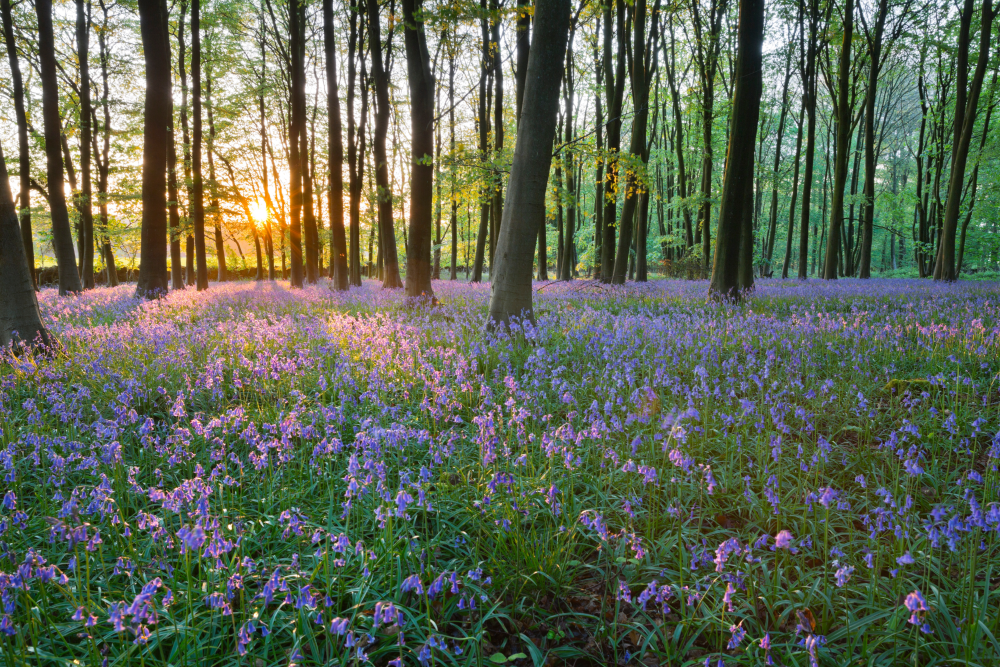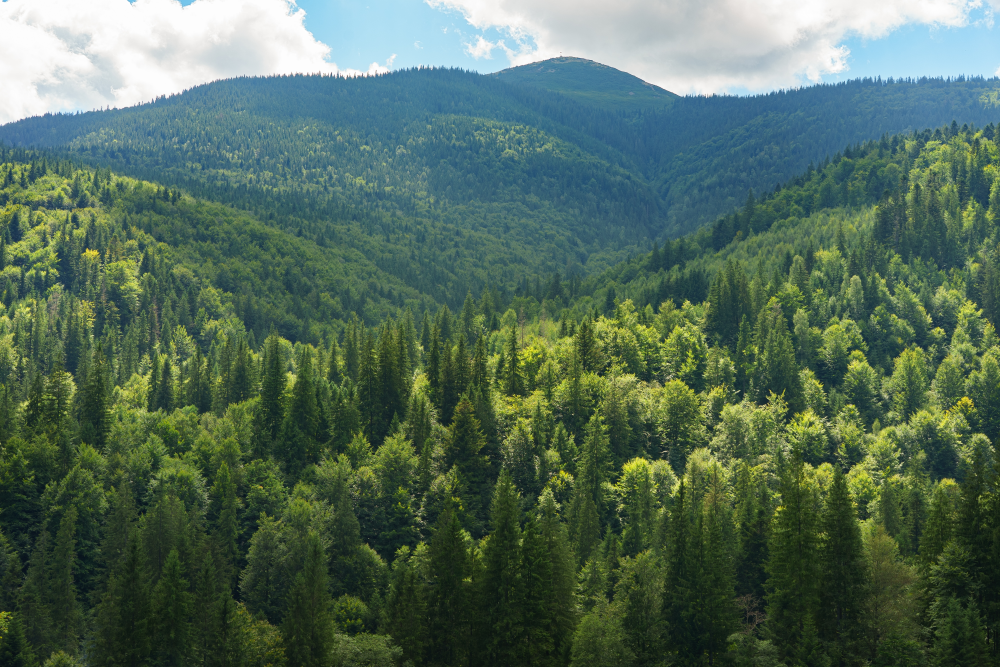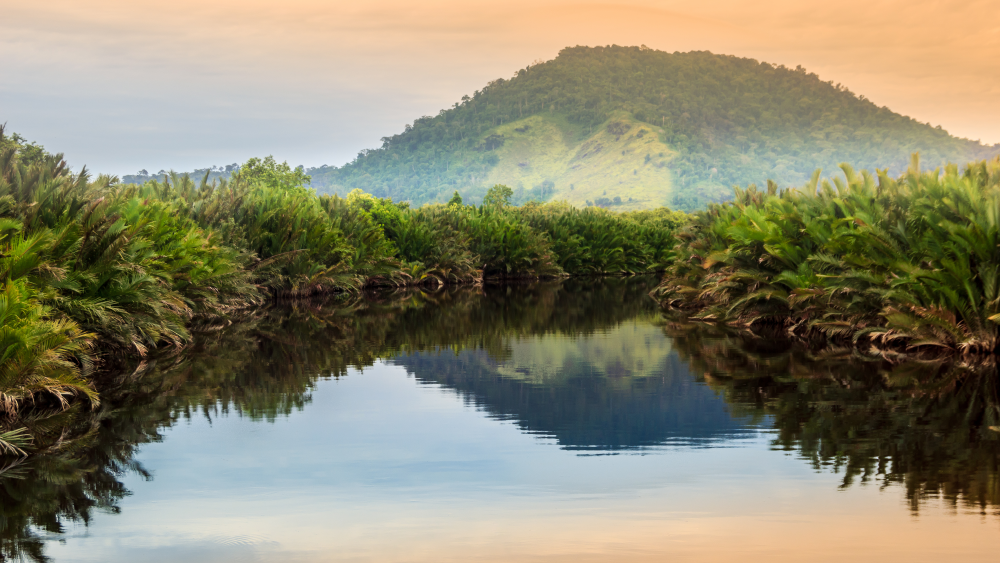If you go down to the woods today, could you also say you’ve seen a forest? And what if it’s hot and humid when you get there, does that mean it’s actually a jungle? As it turns out, there is a difference between a wood, a forest, and a jungle, and we’re here to tell you how to tell them apart.
ADVERTISEMENT GO AD FREE
As The Nature Conservancy highlights, the definition carries more importance than mere semantics. Deforestation is a growing issue on Earth, but getting a bunch of trees the legal protection they deserve isn’t easy if you can’t even define them. For instance, does a group of seedlings count as a forest? If a forest burns in a fire, what’s the name for the scorched earth left behind? And what about grassy open areas with lots of trees that are very far apart?
The definitions alter slightly depending on where you’re from, and it seems there’s room for improvement as we work on conserving our green spaces. Here’s a breakdown of what we know so far to help you see the wood/forest/jungle for the trees.

The beautiful Bluebell Wood in the UK.
Image credit: Robert Harding Video / Shutterstock.com
What is a wood?
Deciding whether your gaggle of trees is a wood or a forest comes down to tree canopy cover, according to the US National Vegetation Classification System. If you’ve got between 25 to 60 percent of the land covered by tree canopy, you’re dealing with woodlands, or “the woods” (a wood, if you’re British). Less than 25 percent is what’s known as a tree savanna.
If you don’t fancy your chances trying to estimate the percentage of tree canopy cover from the perspective of a puny human, it might be more helpful to say that woods are typically smaller than forests. The number of trees isn’t so relevant as the cover, and in the UK you need a width of at least 20 meters (65.6 feet), but it’s worth noting that the definition is quite chilled about the interchangeableness of woods and forests.

Forests spread far and wide.
Image credit: Katerina Maksymenko / Shutterstock.com
What is a forest?
If you’re dealing with 60 to 100 percent tree canopy cover, you’re looking at a forest. These habitats are therefore larger and more densely populated compared to woods.
You can also break forests down into four key categories: boreal, tropical, subtropical, and temperate. Boreal forests are cold experts, found in Earth’s most frozen regions and rustling with the footsteps of animals like caribou and reindeer. Think deciduous trees and conifers, the type you’d expect lining snowy landscapes in Canada, Alaska, and Russia.
ADVERTISEMENT GO AD FREE
Tropical forests are at the opposite end of the spectrum, where the temperature rarely dips below 18.3°C (65°F) and you find a diverse range of plant and animal species. Subtropical forests, on the other hand, are warm but experience cold periods. A bit of a halfway house between tropical forests and temperate forests, but also very important for the shelter they provide migrating species like monarch butterflies.
Temperate forests are perhaps the most changeable, shifting with the seasons as some trees lose their leaves and others remain evergreen. The biodiversity is limited due to the wide range of temperatures these habitats experience, and it’s here you’ll likely find animals that hibernate like Katmai National Park’s wonderfully fat bears.

Jungles are very beautiful, but not easy on the ole’ legs.
Image credit: Murrrrr-s / Shutterstock.com
What is a jungle?
Jungles enjoy the same heat as tropical and subtropical forests, but what sets them apart is the dense undergrowth and vegetation on the ground. They grow like this because they don’t have the same blanket of tree canopy preventing sunlight from reaching the low-lying species, so everybody gets their day in the Sun and flourishes as a result.
Tropical and subtropical forests are comparatively much easier to navigate as a human because the lack of light means the forest floor is pretty clear and easy to traverse. This is why it’s big news for the forest when a tree falls, because the gap in the canopy busts the shutters open wide and kicks off a race to claim it.
ADVERTISEMENT GO AD FREE
Try to go for a stroll in the jungle and you’re going to have a rough time because there is so much life you can’t even see the floor. Fortunately, we humans are a clever bunch and invented machetes that enable people to pass through when they need to.
So, if you find yourself in an area with lots of vegetation, now you’ll know what kind of wood, forest, or jungle you’re walking/climbing through. Breathe it in, because there are some remarkable perks to being around nature.
Source Link: What's The Difference Between A Wood, A Forest, And A Jungle?